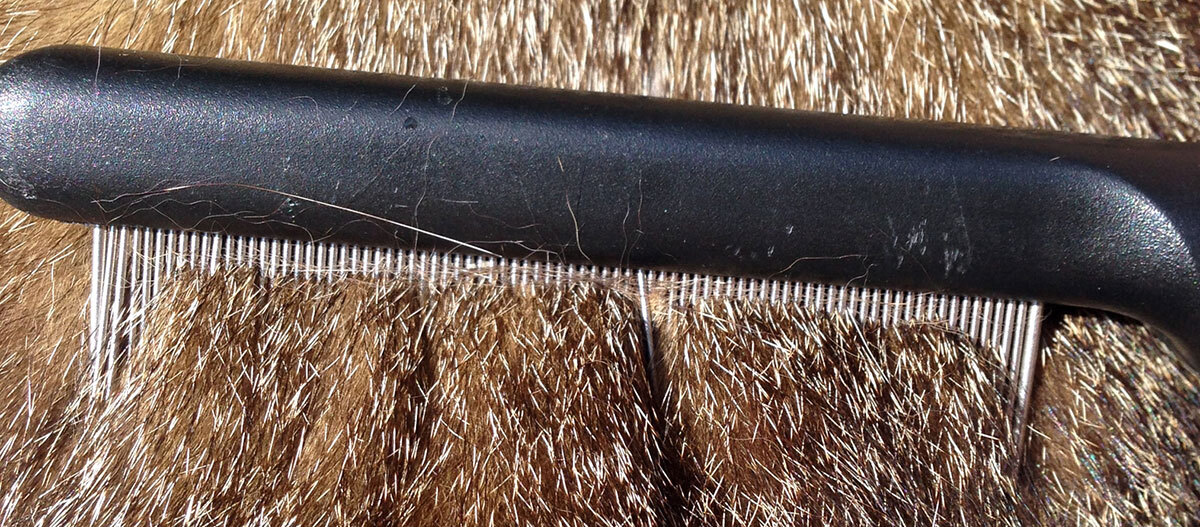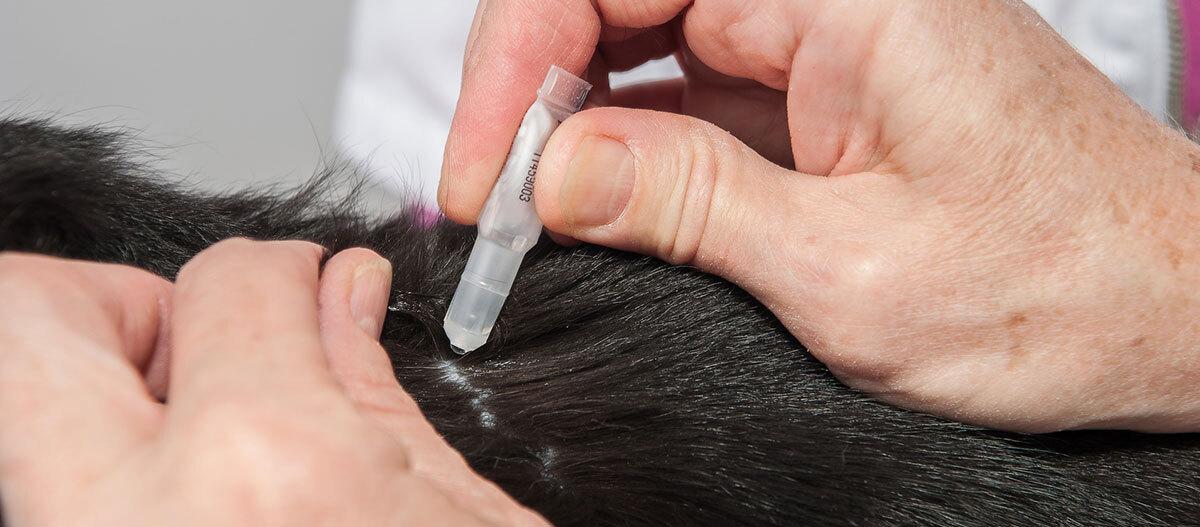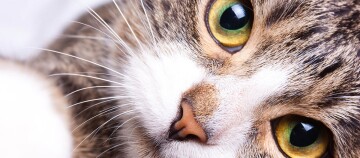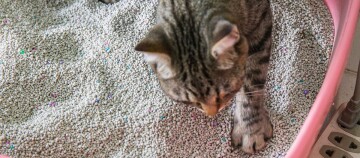How You Should Treat Fleas & Mites on Cats - Annoying Little Parasites
17.10.2022 - Reading time: 3 minutes
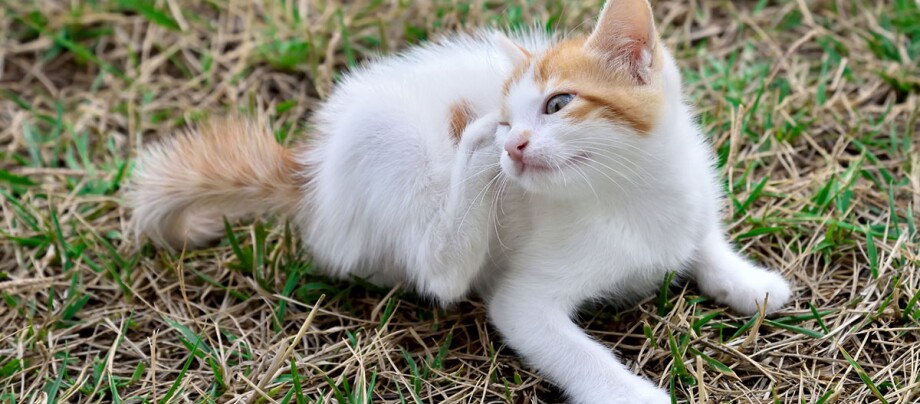
If your cat scratches itself frequently and is generally very restless, it may have small animals in its coat. Vet and managing director of the Activet veterinary practice Dr. René Reinhold answers the most important questions about the whole flea circus going on in your cat’s coat.
What is fleas and mites on cats really all about?
Ectoparasites such as fleas and mites are not an uncommon problem when it comes to cats: About one in five domestic cats will host unwanted animal inhabitants at least once in its life.
Comparing fleas and mites:
- Fleas are wingless insects, but not at all immobile: a flea can jump up to 1.5 metres. Once the animal has made itself at home on a cat, it will lay up to thirty eggs a day. Many fleas will also leave the host animal and move around a little.
- Mites are tiny arachnidsthat climb up onto the host animal as soon as it brushes along the parasite’s location. Unlike fleas, they are not out for blood, but feed on skin cells, to which they add a secretion produced by the body so they can consume them. Some mites, such as the grass mite, are only around seasonally in late summer. Other species are active year round.
How do I get rid of fleas on cats?
If the cat itches and scratches and their skin is inflamed, it might be fleas. You can find out for sure if you comb the coat with a special flea comb. Black crumbs that come loose and turn into black-red stains when you tap the comb on a damp paper towel are flea excrement.
You can treat your cat’s flea infestation in one of the following ways:
- Prevention from a flea infestation can be achieved with meticulous household hygiene. Carpets, upholstered furniture and textiles especially, should be kept clean and vacuumed on a regular basis. Spot-on preparations – these products can be dripped in between your animal’s shoulder blades or into their neck – and flea collars will combat adult fleas in the fur.
- Light infestations can be treated with flea sprays and spot-on preparations. For your home, there are special sprays for baskets, furniture and other items that your cat may come into contact with.
- Heavy infestations can be treated with the help of the vet and medicinal preparations and sprays, flea powder and, if necessary, an additional worming treatment. Fleas can also transmit worm eggs to the host animal.
Warning! Never treat your cat with an anti-flea or tick preparation that is actually intended for dogs or other pets! Any product that is not adapted specifically for cats may lead to the animal’s death!
How should I treat the cat's environment for fleas & mites?
Treat all tabletops with anti-flea powder or a spray that kills fleas, eggs and larvae. Wash blankets and fabric toys at a temperature of at least 60 degrees Celsius, vacuum carpets and upholstery (dispose of bag), wet mop all floors daily.
What do mites actually do to cats?
Mites are microscopic ectoparasites that will infest your cat’s skin, resulting in scaly changes as well as fur loss. The mites prefer to settle on those parts of the body that are difficult for the cat to reach when grooming: the skin folds at the joints or between the paws, for example. You can recognise a mite infestation from the orange-red spots falling out of the fur during combing. Another particularly insidious mite that attacks cats is the ear mite, which prefers to settle in animals’ ears. You can tell if your cat has ear mites from the crumbly, black coating in the cat’s ear as well as the constant head shaking and scratching. The vet will treat the ear mites with medication. As a preventive and supportive measure, you should use a special ear cleaner. These tinctures are applied locally and massaged in.
Treat your cat for mite infestation in one of the following ways:
- Prevention with meticulous hygiene in the house – especially when you have upholstered furniture -, using sprays or spot-on preparations. Older or weaker animals may need additional medical support.
- Light infestations can be combatted with topical lotions or special shampoos, which you can get from your vet or in specialty shops.
- Heavy infestations can be treated with medication: Your vet will prescribe medication or topical products.
By the way: A mite infestation is actually one of those rare cases where you should actually give your cat a bath.
Do fleas and mites pose a danger to humans also?
Fleas do not really care if it be cats or humans: Although the former are preferred, humans are also suitable hosts for fleas, at least temporarily. So you can definitely get fleas from your cat. But fleas can also survive for a while independently of the animal and get on you another way, like via the sofa. Flea bites can trigger itching and allergies. Fleas also transmit bacteria, worm eggs and pathogens.
So do yourself a favour and make sure your cat is flea-free. Mites can temporarily infest humans also, but they usually do not stay there for long: human skin is less hairy and not a suitable living environment for these arachnids. Skin irritation will be a sign of a mite infestation. If this happens, you should consult your dermatologist.
